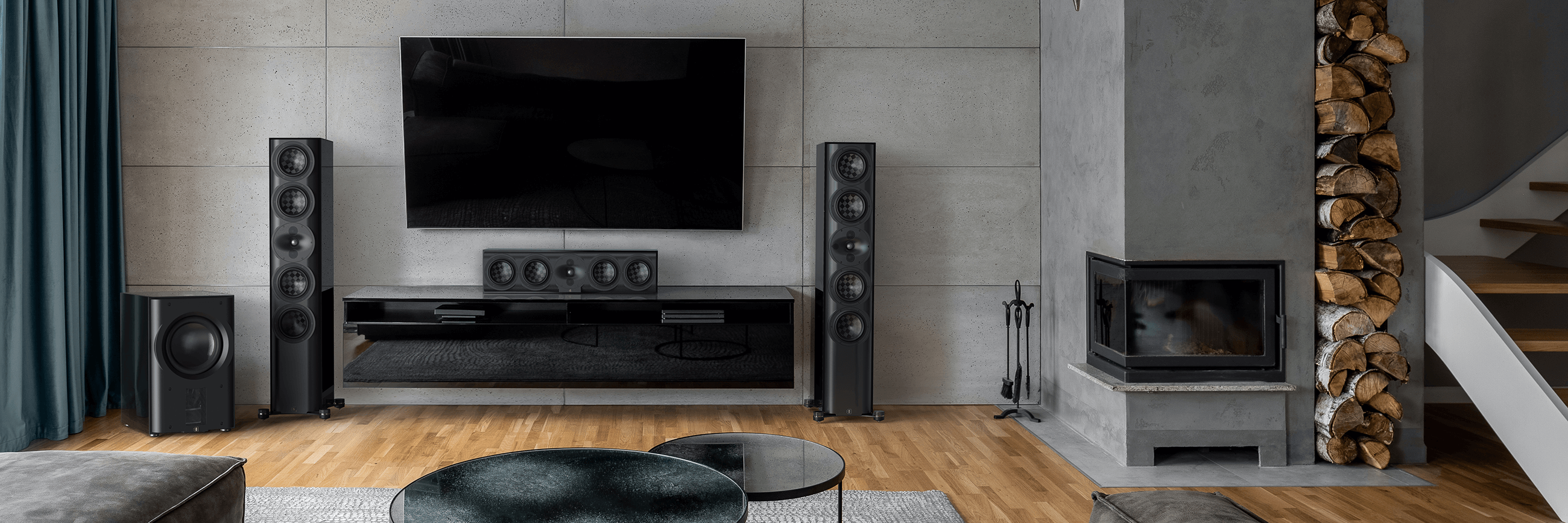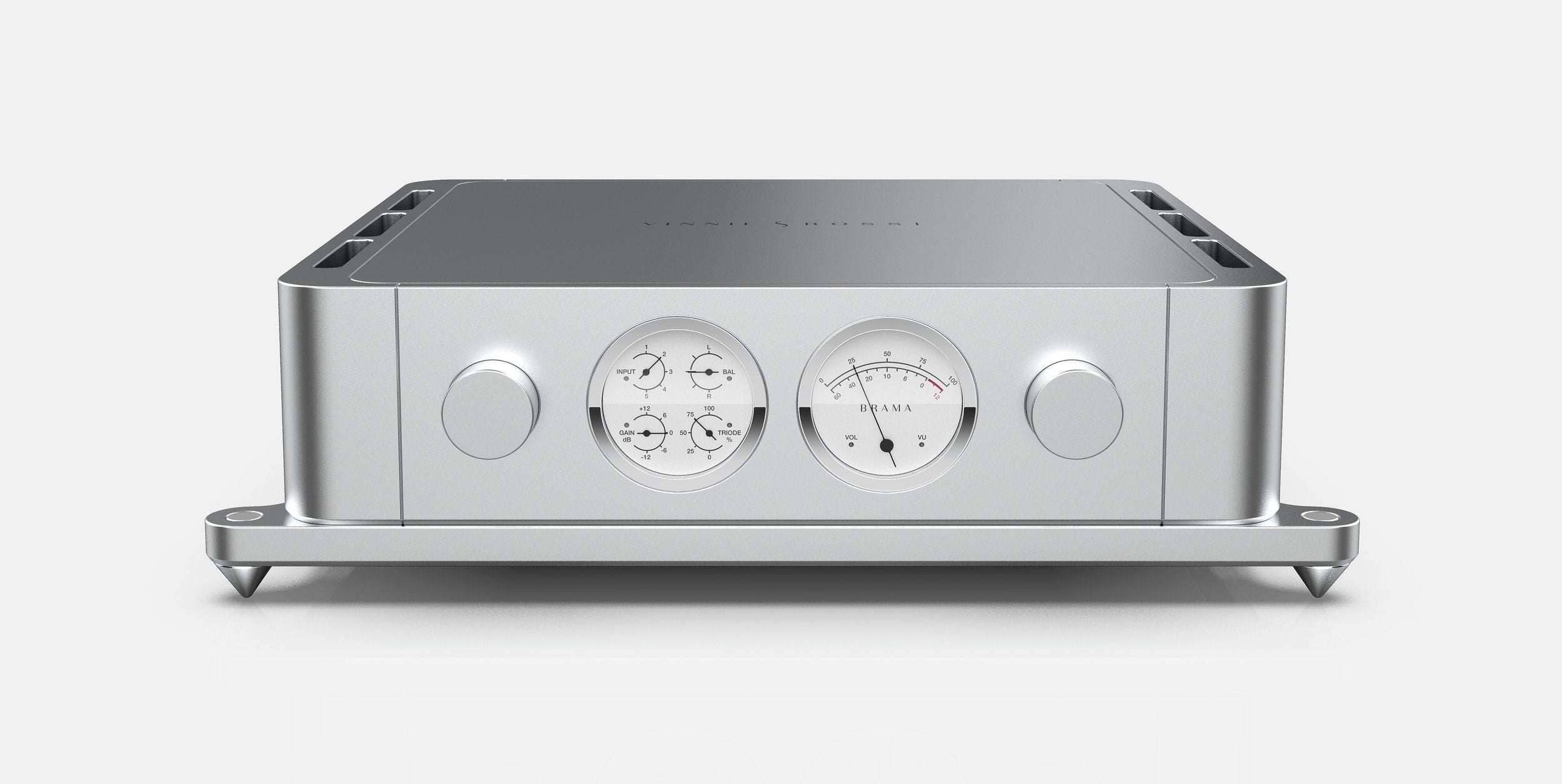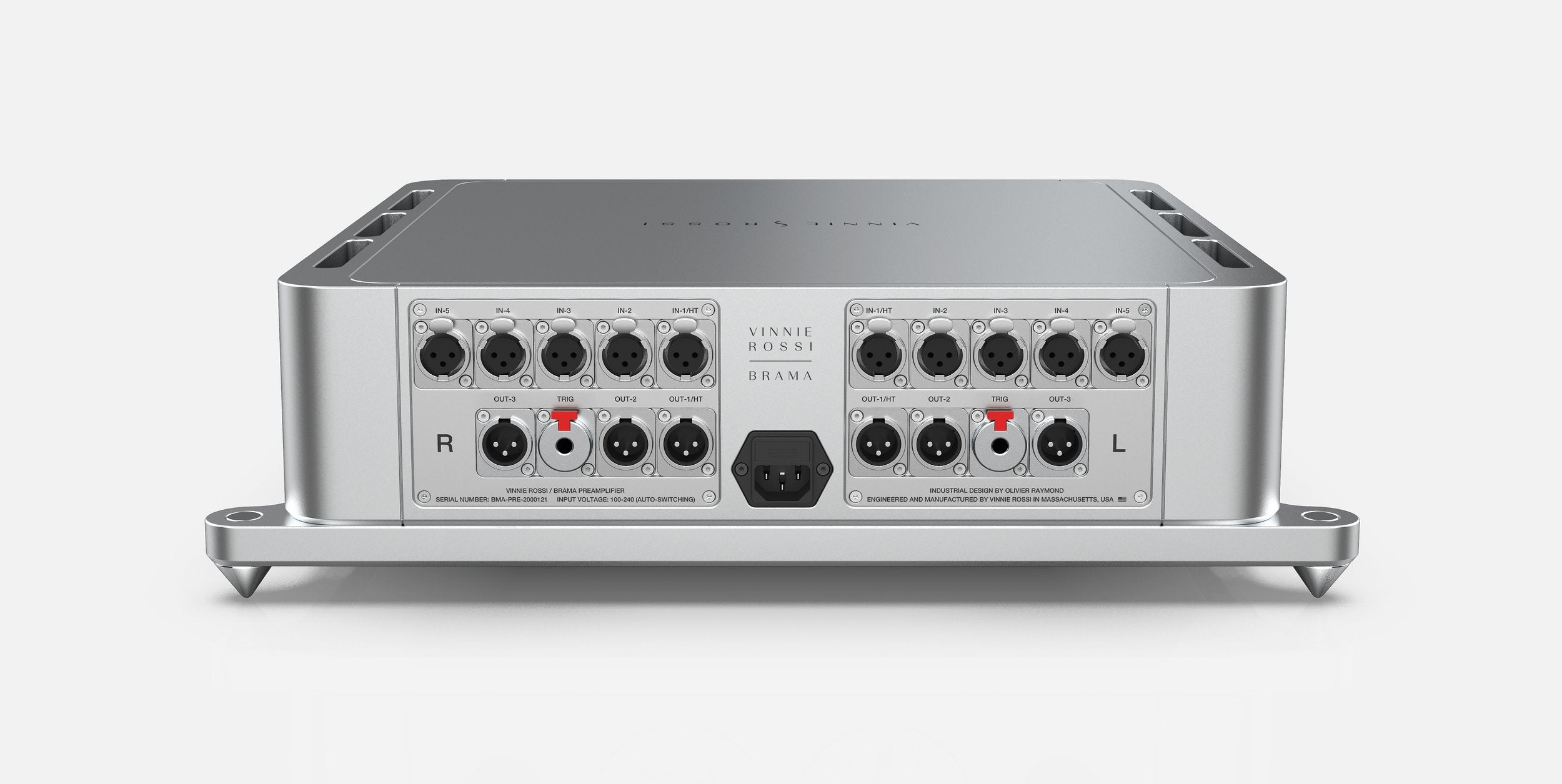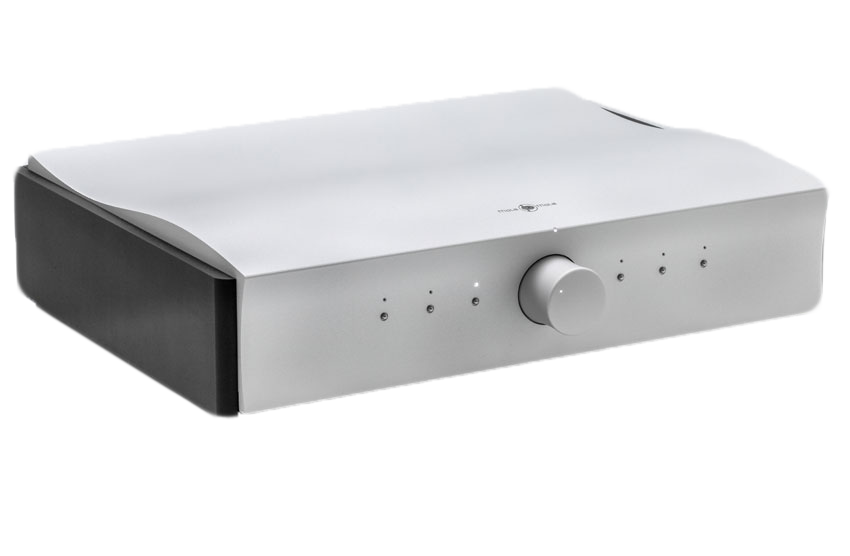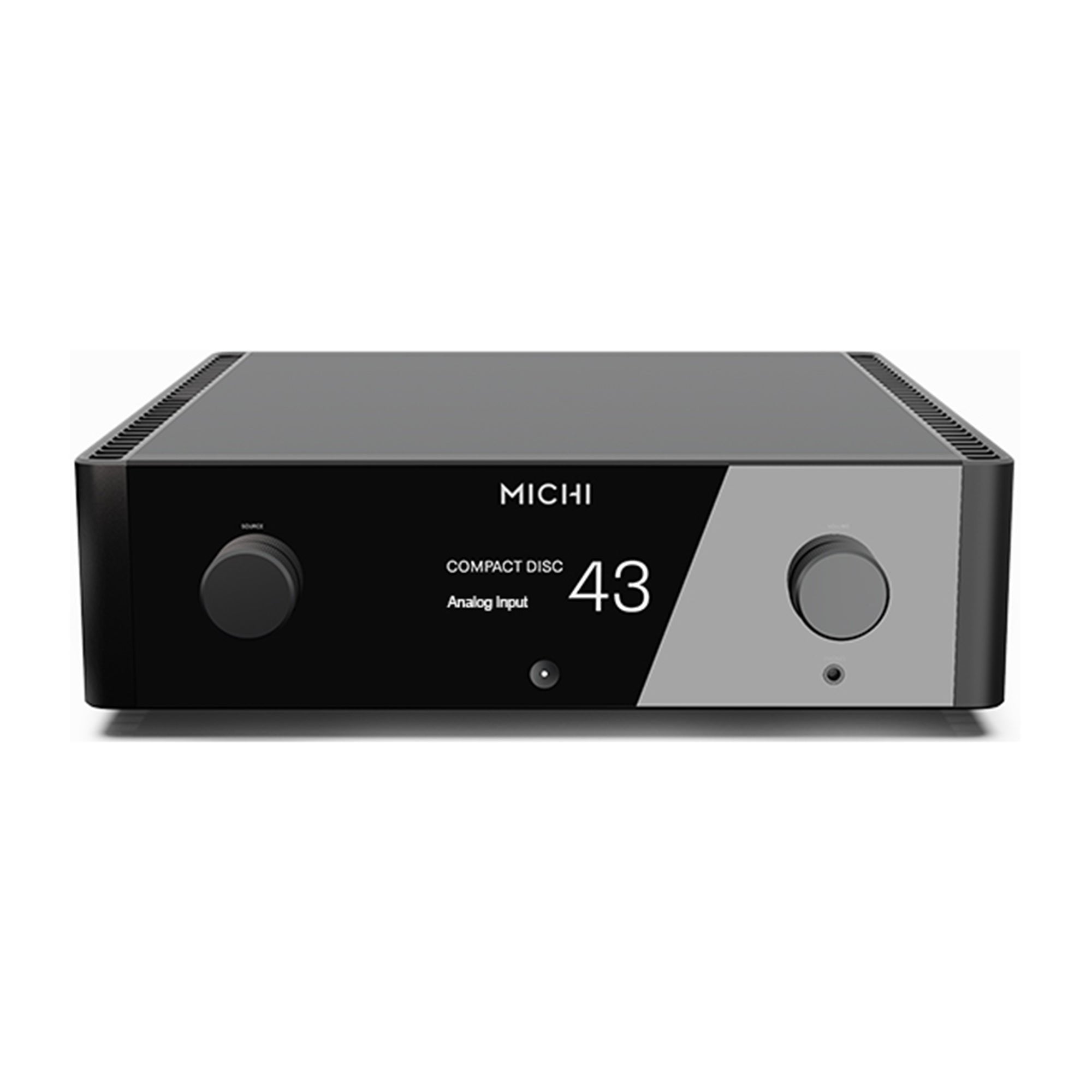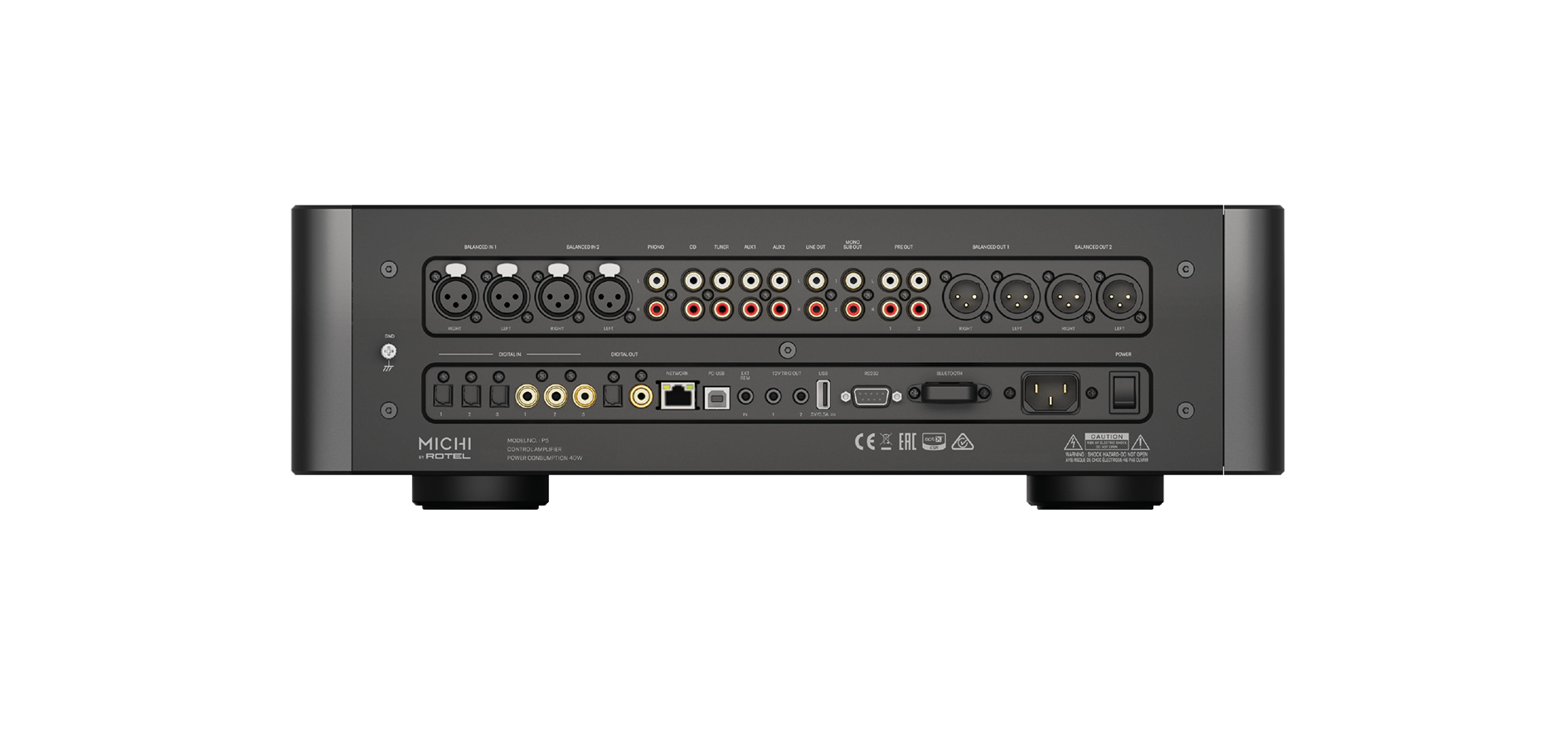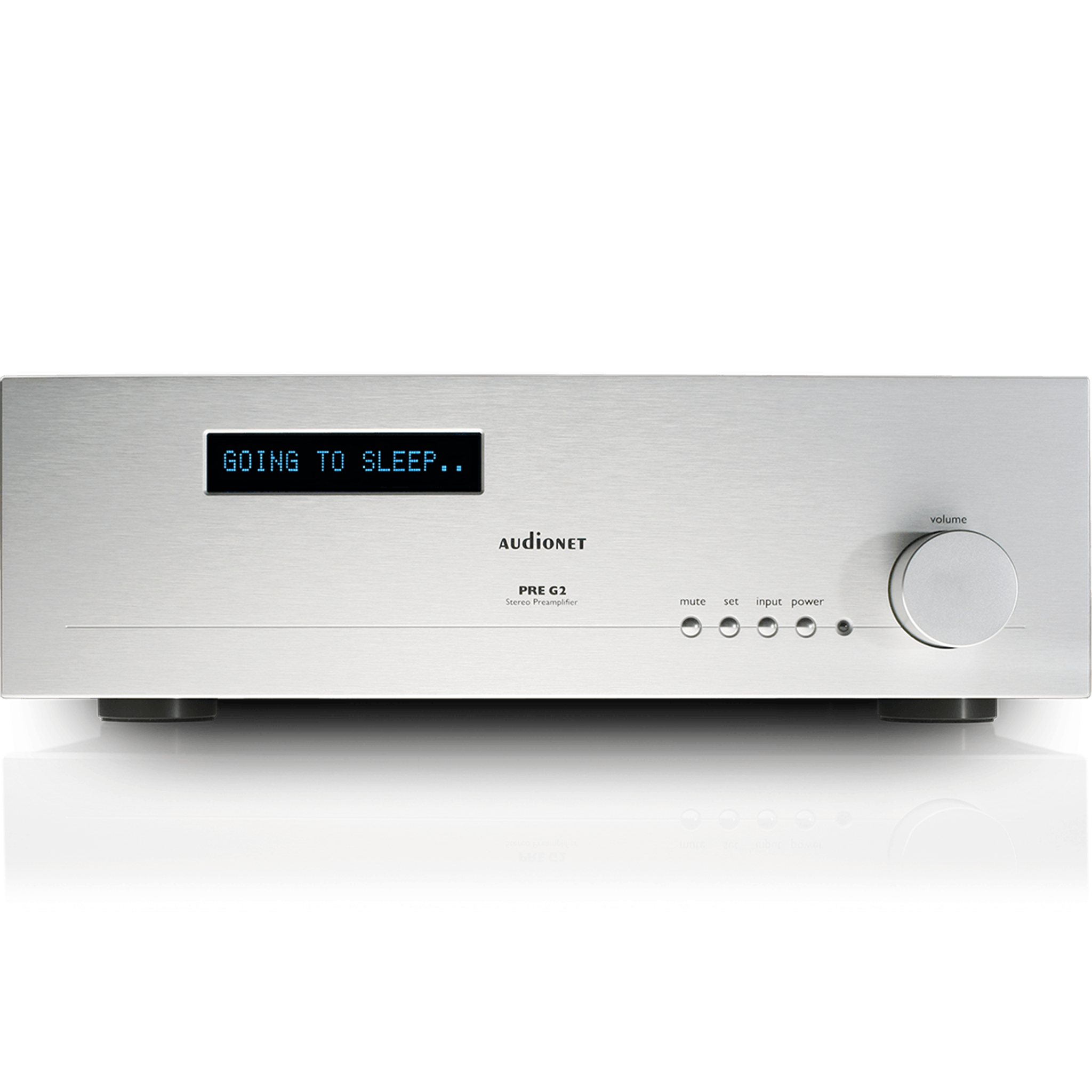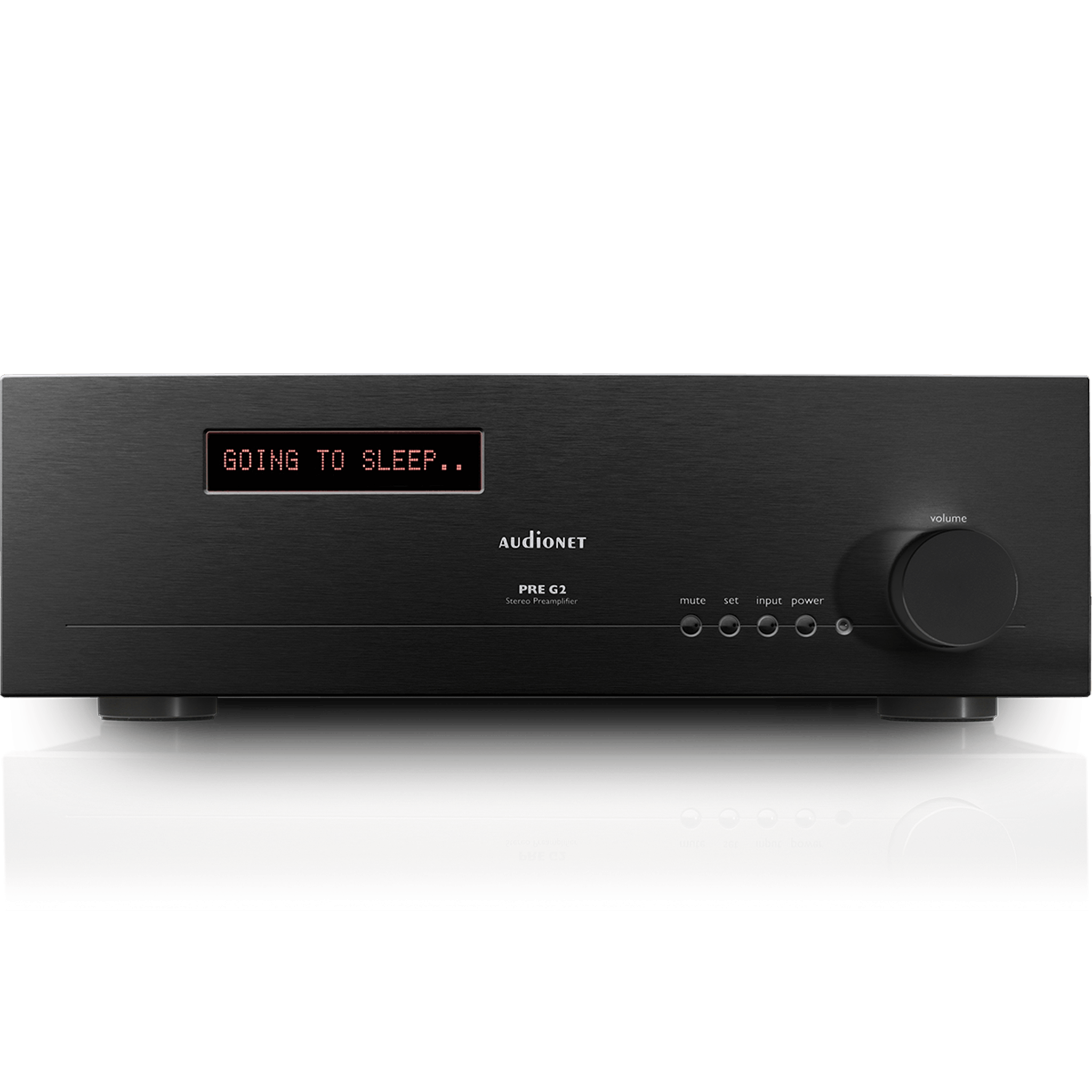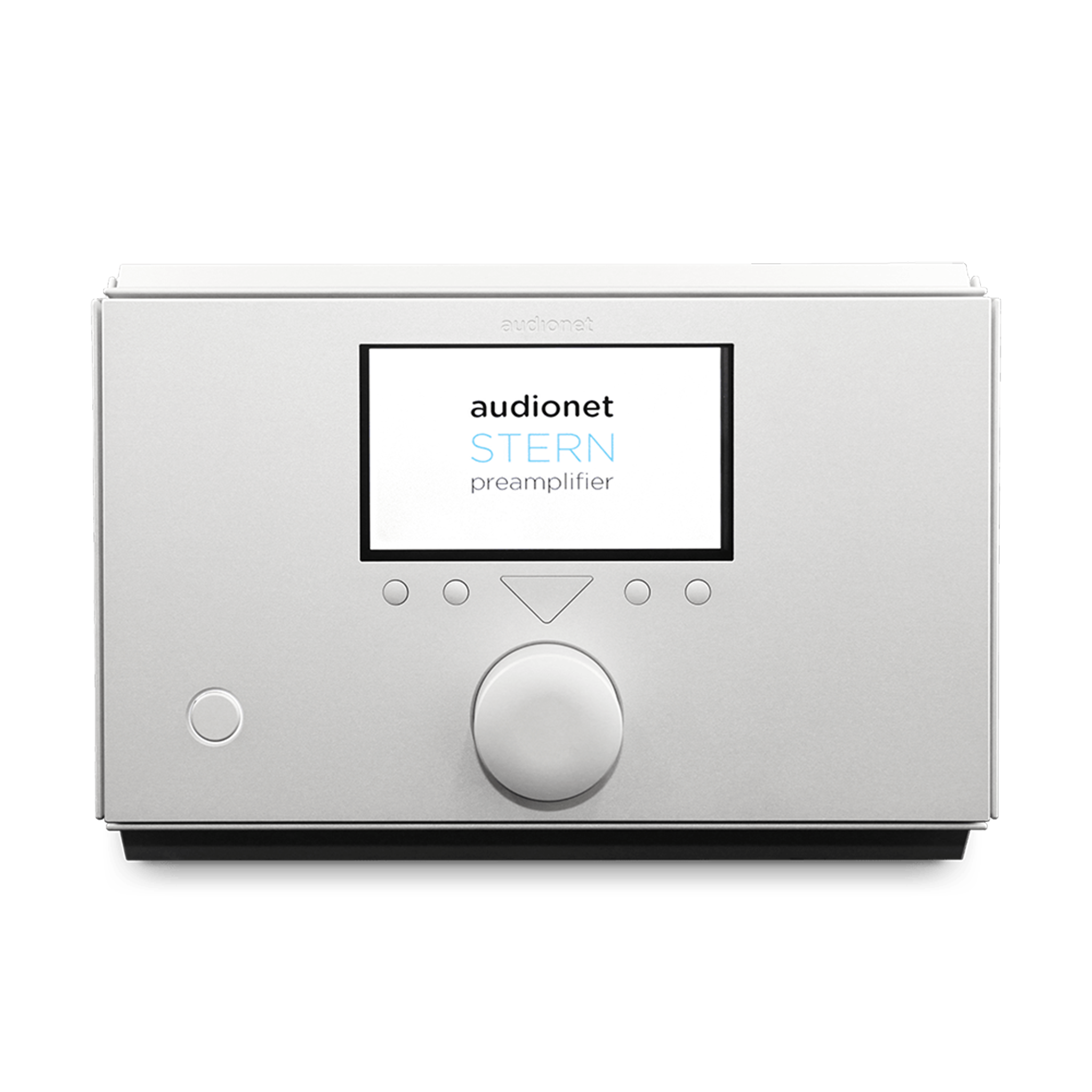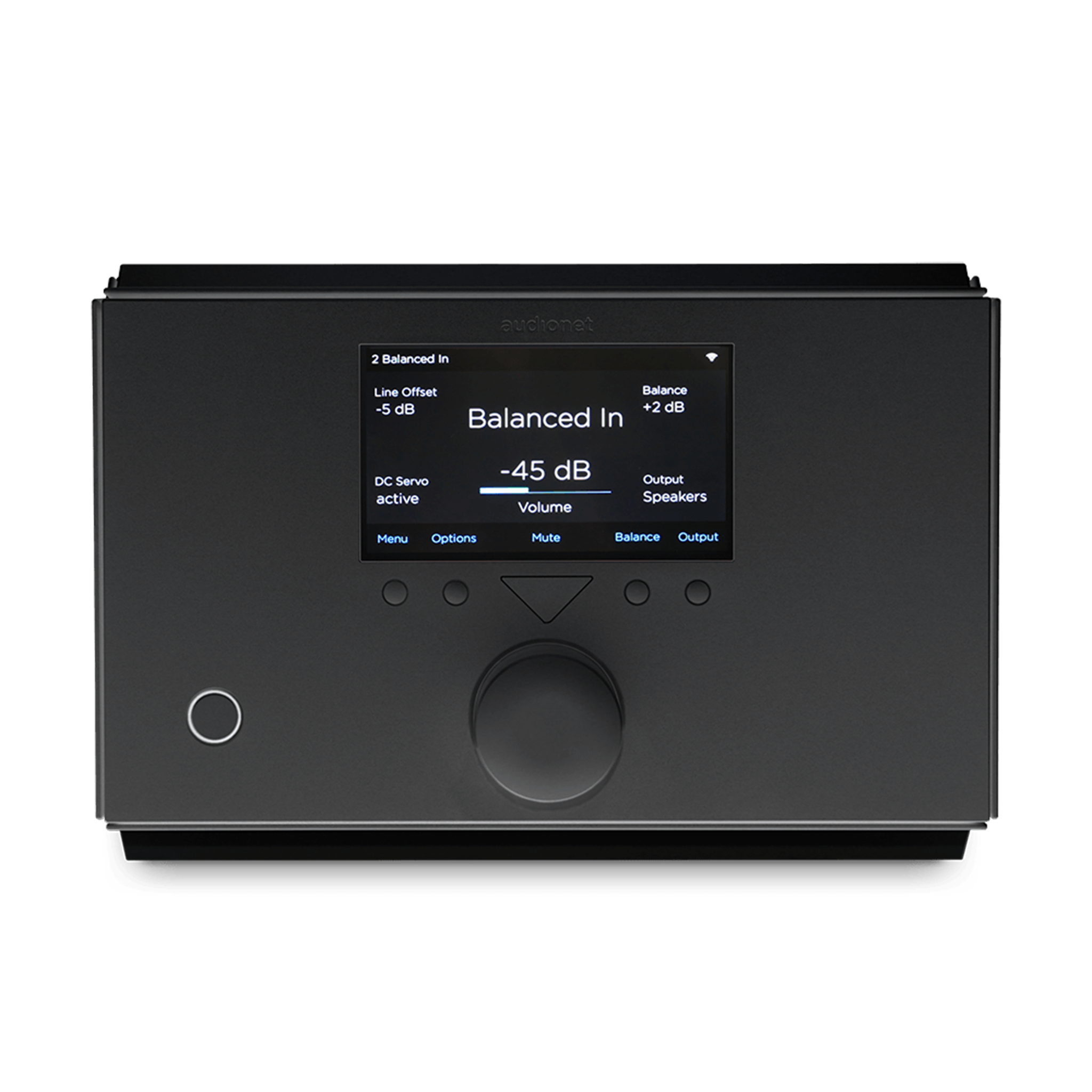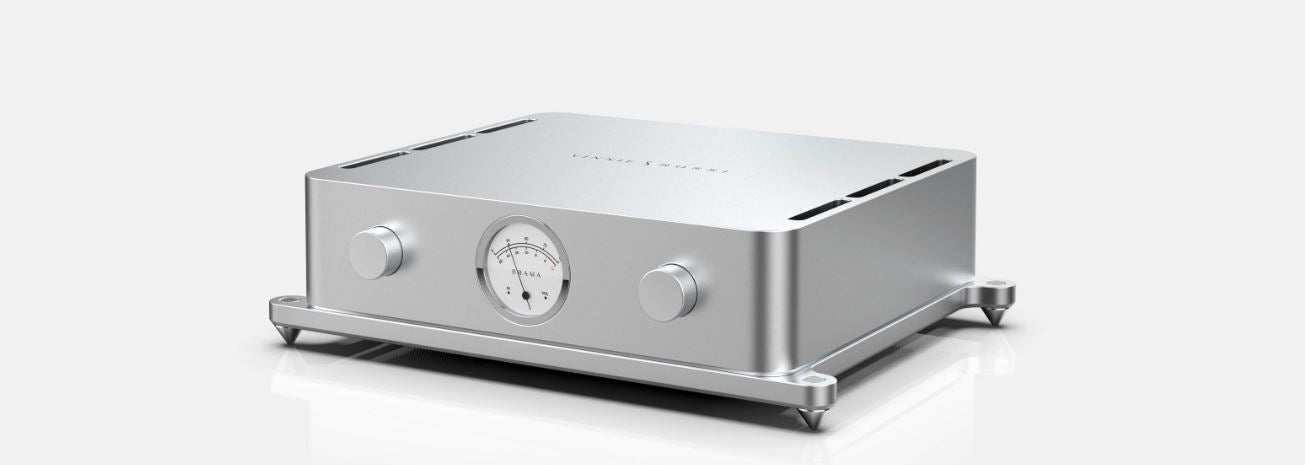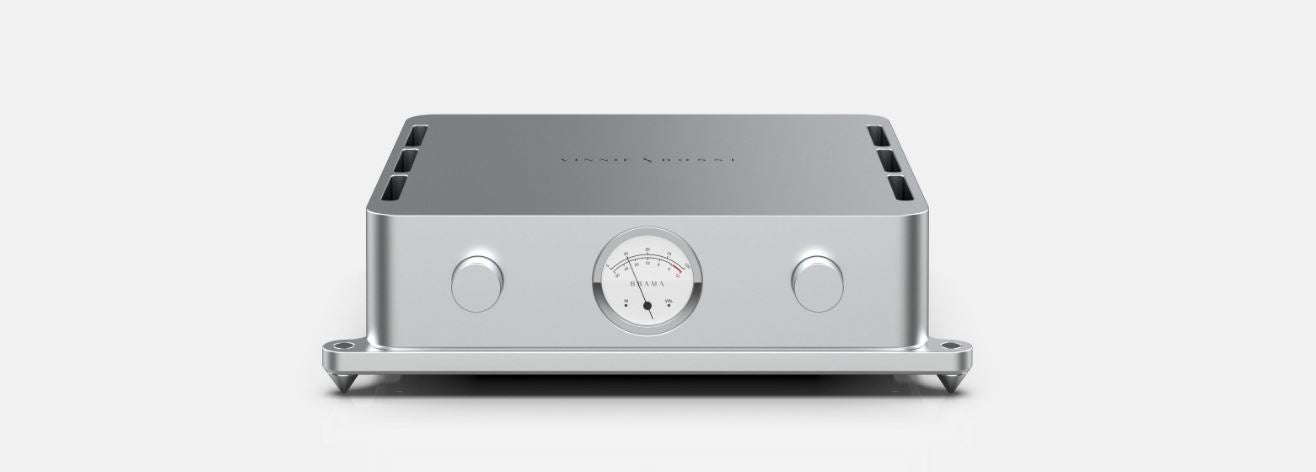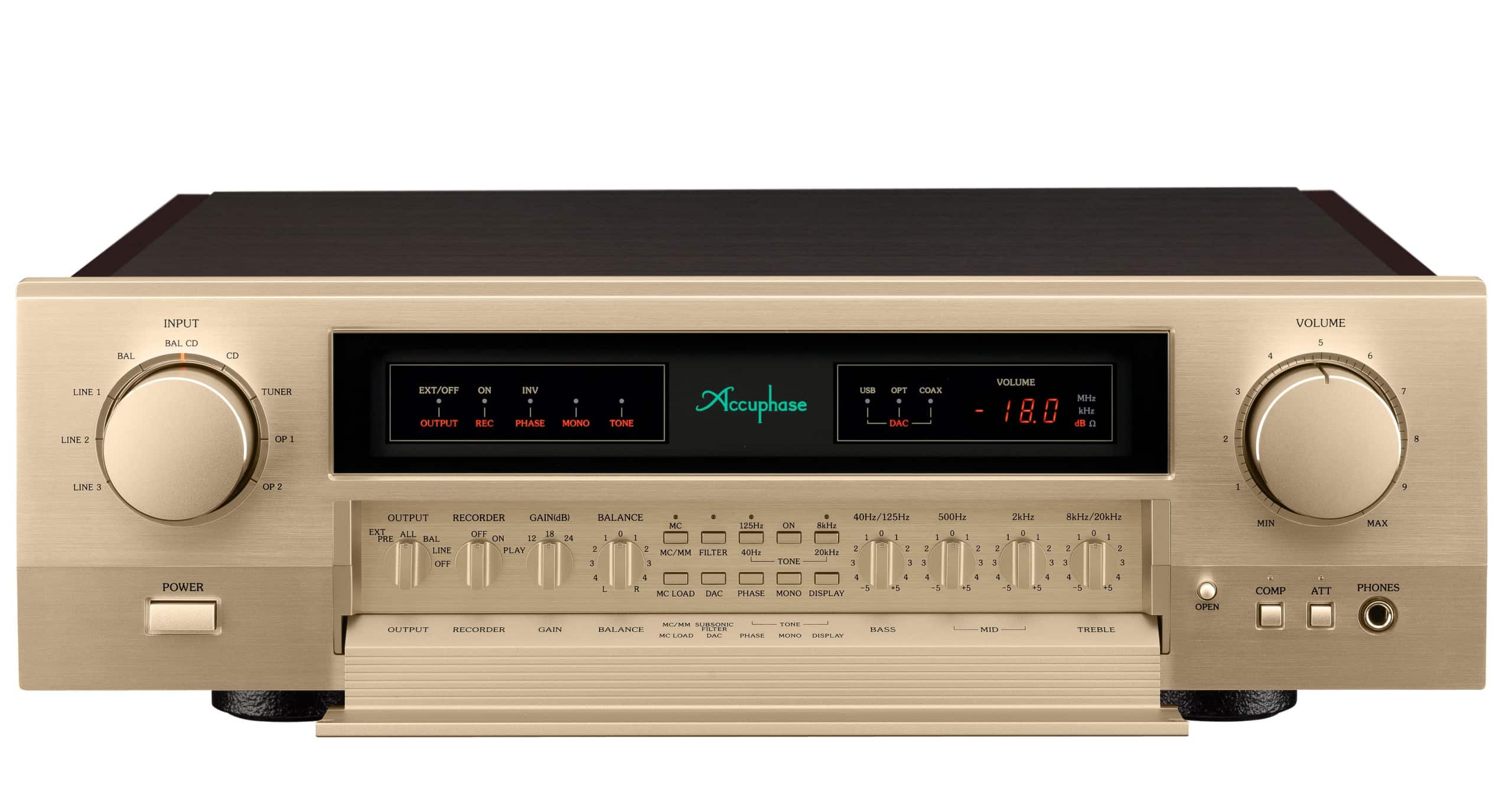Featured collection
Two Channel Preamplifiers with Home Theater Bypass
Vinnie Rossi Brama Preamplifier Gen 1
Sale price$24,999.00
Regular price$35,095.00
Makua Preamplifier
Sale price$13,130.00
Michi P5 Series 2 Preamp
Sale price$5,599.00
Audionet PRE G2 Stereo Preamplifier - Open Box, Call for Price
Sale price$23,350.00
Audionet STERN Preamplifier
Sale price$48,950.00
Audionet PRE I G3 - Stereo Pre Amplifier
Sale price$8,100.00
Vinnie Rossi Brama Preamplifier (2nd Gen)
Sale price$38,995.00
Accuphase C-2300 Preamplifier
Sale price$14,975.00

